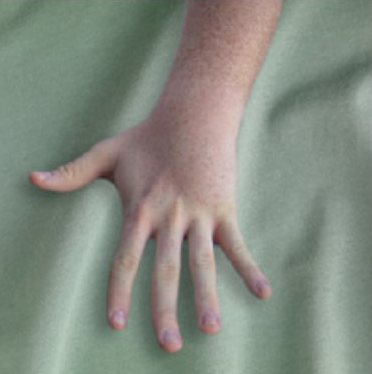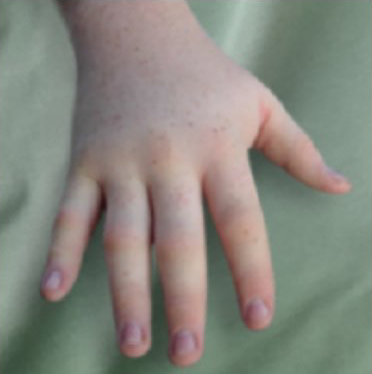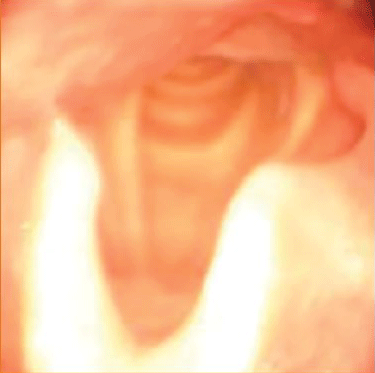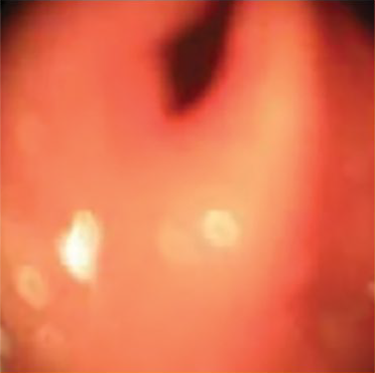About HAE



What is hereditary angioedema (HAE)?
HAE is a very rare genetic disorder that occurs in about 1 in 10,000 to 1 in 50,000 people worldwide.
The clinical course of HAE attacks is unpredictable.
HAE is characterized by episodes of swelling (edema attacks) in different areas of the skin or the internal organs.
- Edema of the skin occurs mainly in the face (e.g., lips, eyelids), although the extremities and genitals are also often affected
- Edema of the mucous membranes affects the larynx, nose, or tongue
- Abdominal pain is reported by 70-80% of patients with HAE






Reprinted with permission of www.haeimages.com


Courtesy of Bas M, et al. Allergy 2006;61(12):1490-1492.
